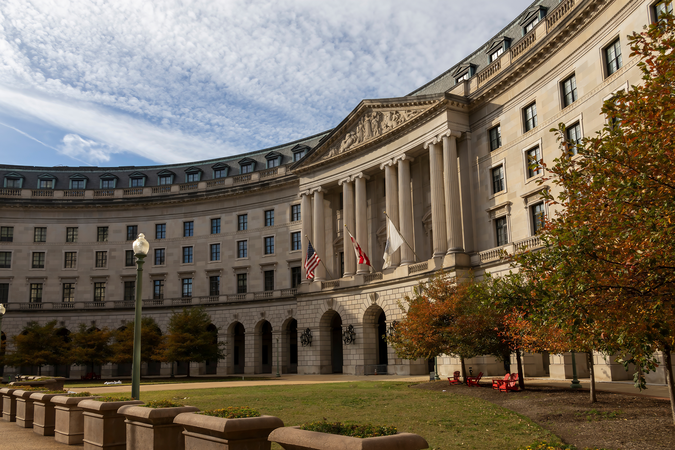Bioeconomic Model of Community Incentives for Wildlife ManagementBefore and After CAMPFIRE
DownloadThis paper formulates a bioeconomic model to analyze community incentives for wildlifemanagement under benefit-sharing programs like the Communal Areas Management Programme forIndigenous Resources (CAMPFIRE) in Zimbabwe. Two agents influence the wildlife stock: a parksagency determines hunting quotas, and a local community chooses to either aid or discourage outsidepoachers. Wildlife generates revenues from hunting licenses and tourism; it also intrudes on localagriculture. We consider two benefit-sharing regimes: shares of wildlife tourism rents and shares ofhunting licenses. Resource sharing does not necessarily improve community welfare or incentives forwildlife conservation. Results depend on the exact design of the benefit shares, the size of the benefitscompared with agricultural losses, and the way in which the parks agency sets hunting licenses.
Authors

Edwin Muchapondwa





